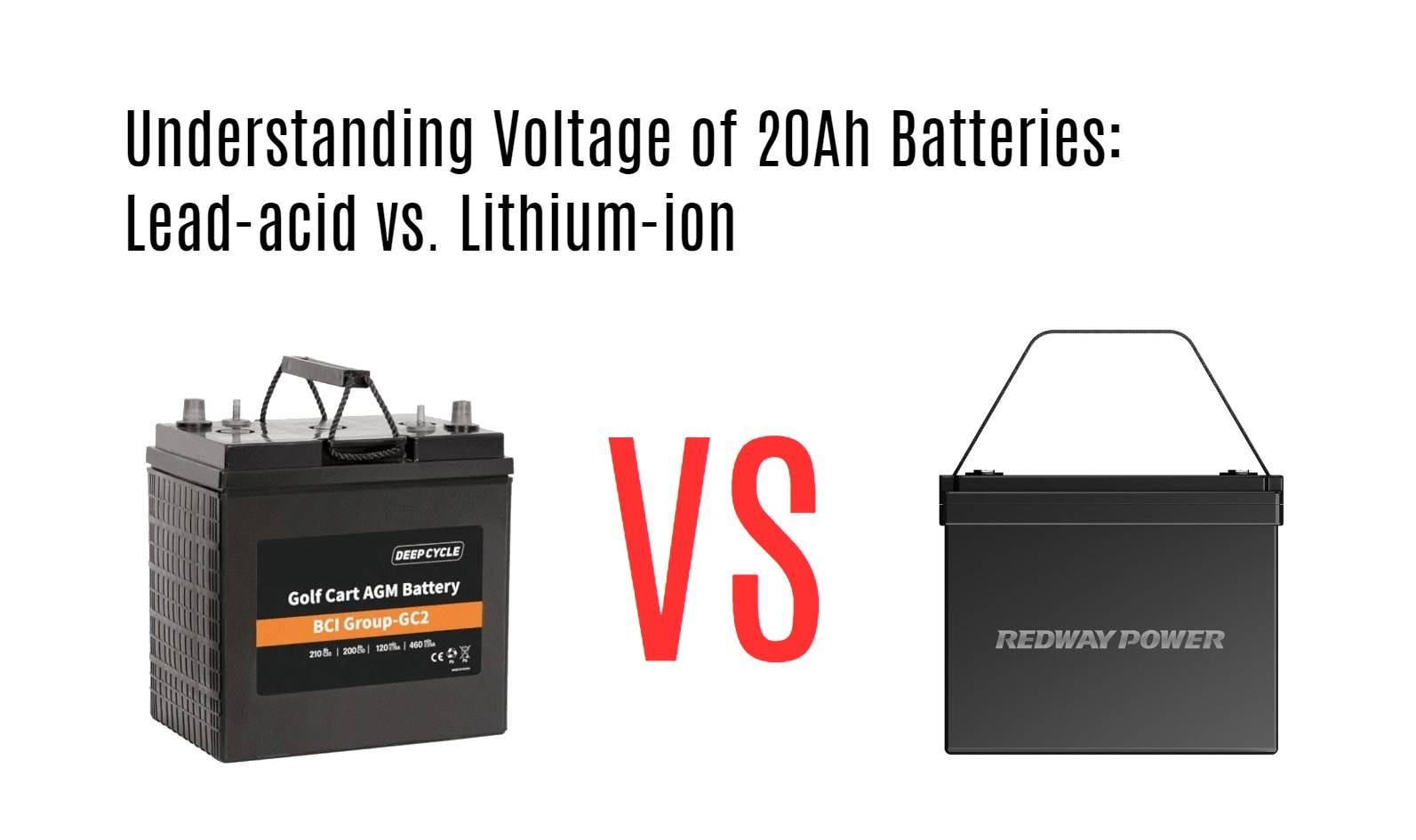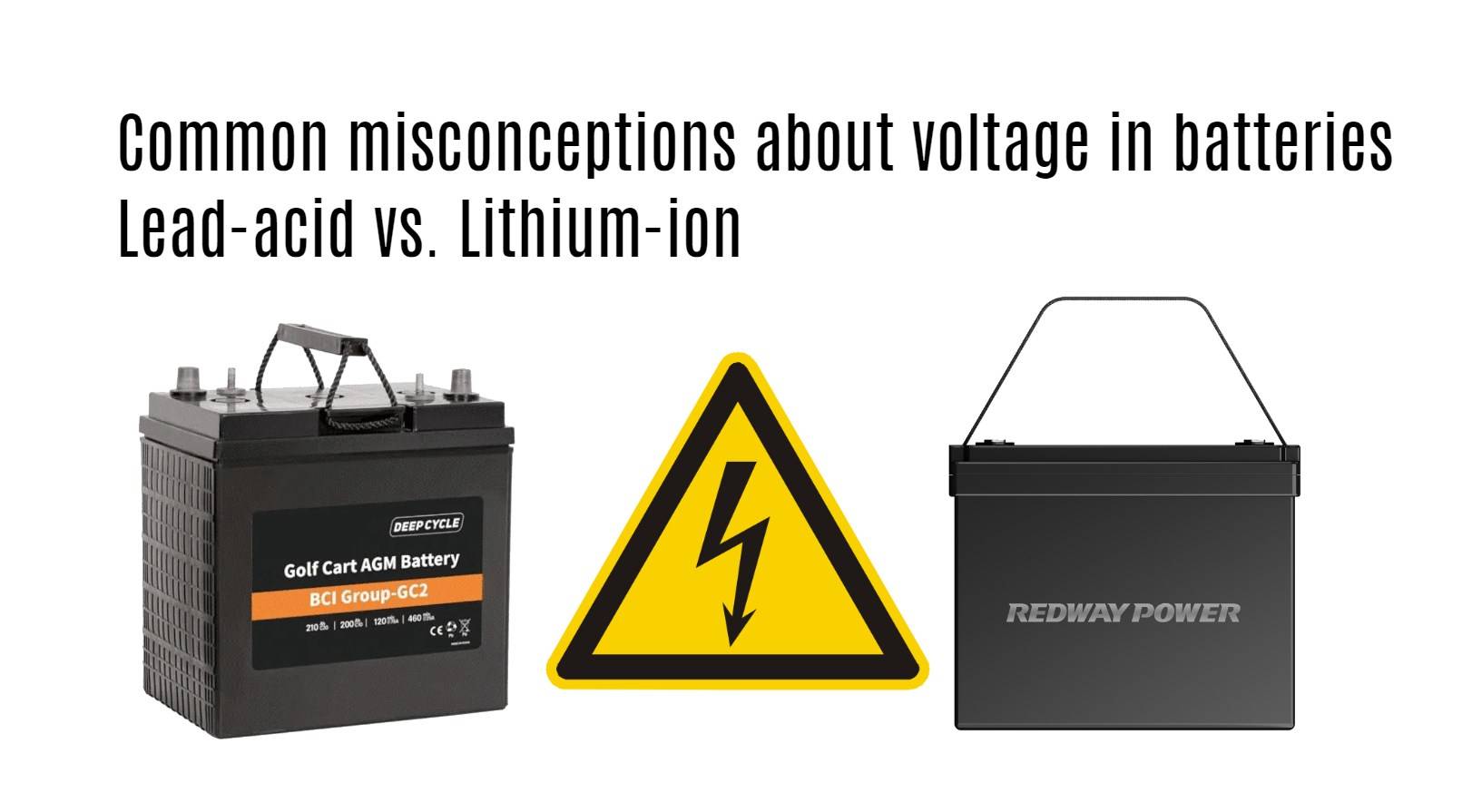Understanding the voltage differences between 20Ah lead-acid and lithium-ion batteries is essential for selecting the right battery for your needs; while lead-acid batteries typically show a significant voltage drop during discharge, lithium-ion batteries maintain a more stable voltage output, resulting in better performance and efficiency.
What is the Voltage Output of 20Ah Lead-acid Batteries?
Lead-acid batteries generally have a nominal voltage output of about 12 volts, but this can decrease significantly as they discharge, often dropping to around 10-11 volts under load, which can affect their performance in applications requiring consistent power delivery.Chart: Typical Voltage Output of 20Ah Lead-Acid Battery
| State of Charge | Voltage Output |
|---|---|
| Fully Charged | ~12.6V |
| 50% Discharged | ~12V |
| Fully Discharged | ~10-11V |
How Does Voltage Compare in 20Ah Lithium-ion Batteries?
In contrast, a 20Ah lithium-ion battery maintains a nominal voltage output around 12.8 to 13 volts throughout most of its discharge cycle, only dropping off significantly when nearing depletion, allowing for more usable energy until it reaches a lower threshold.Chart: Typical Voltage Output of 20Ah Lithium-Ion Battery
| State of Charge | Voltage Output |
|---|---|
| Fully Charged | ~13V |
| 50% Discharged | ~12.5V |
| Fully Discharged | ~10-11V |
What Are the Key Differences in Performance Between Lead-acid and Lithium-ion Batteries?
The primary difference lies in their discharge characteristics; lithium-ion batteries provide consistent voltage and power delivery throughout their discharge cycle, while lead-acid batteries experience a gradual decline in voltage that can limit performance during high-demand situations.
Why is Understanding Voltage Important for Battery Selection?
Understanding voltage levels helps users select appropriate batteries for specific applications; devices designed for stable power input may perform poorly with lead-acid batteries due to their voltage drop, making lithium-ion a better choice for such scenarios.
How Does Temperature Affect the Voltage Output of Batteries?
Temperature significantly impacts battery performance; lead-acid batteries can suffer from reduced capacity and increased internal resistance at low temperatures, while lithium-ion batteries are generally more resilient but can also experience diminished performance under extreme conditions.
What Maintenance Practices Can Help Maintain Optimal Voltage Levels?
Regular maintenance practices include ensuring clean terminals, checking electrolyte levels (for flooded lead-acid types), and avoiding deep discharges to help maintain optimal voltage levels and extend battery life.
How Can You Measure the Actual Voltage Output of a Battery?
To measure actual voltage output, use a multimeter to check voltage at various states of charge; this will provide insights into battery health and performance over time.
Expert Views
“Choosing between lead-acid and lithium-ion batteries requires careful consideration of voltage characteristics, especially for applications demanding consistent power,” says Dr. John Smith, an expert in energy storage systems.
FAQ Section
- What is the typical voltage output of a lead-acid battery?
Lead-acid batteries typically have a nominal voltage output around 12 volts but can drop significantly during discharge. - How does lithium-ion battery voltage compare to lead-acid?
Lithium-ion batteries maintain a more stable voltage output throughout their discharge cycle compared to lead-acid batteries. - Why is it important to understand battery voltage?
Understanding battery voltage helps ensure compatibility with devices that require consistent power delivery, preventing performance issues.




